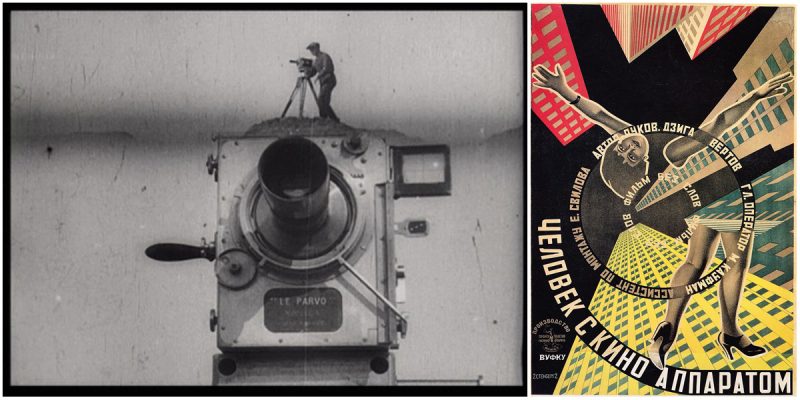The Man with a Movie Camera is an experimental 1929 silent documentary film, directed by Dziga Vertov and edited by his wife Elizaveta Svilova.
With no story, and no actors it shows scenes of city life in Moskow, Odessa and Kiev, and the credits describe it as an “experiment in cinematic communication of visible events”.
From dawn to dusk Soviet citizens are shown at work, at play, and interacting with the machinery of modern life.
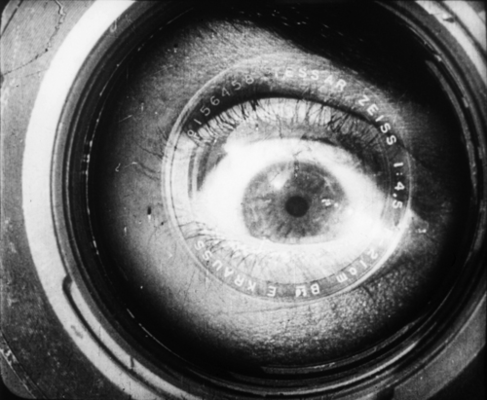
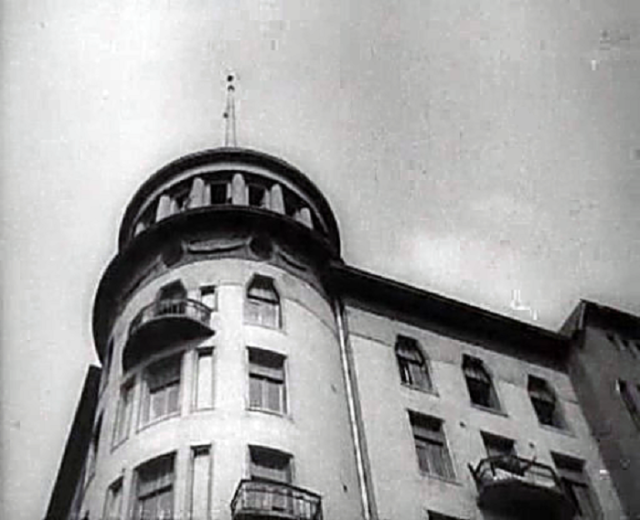
The film is famous for the range of cinematic techniques Vertov invents, deploys or develops, such as double exposure, fast motion, slow motion, freeze frames.
Jump cuts, split screens, extreme close-ups, tracking shots, footage played backward, stop motion animation, and self-reflexive visuals.
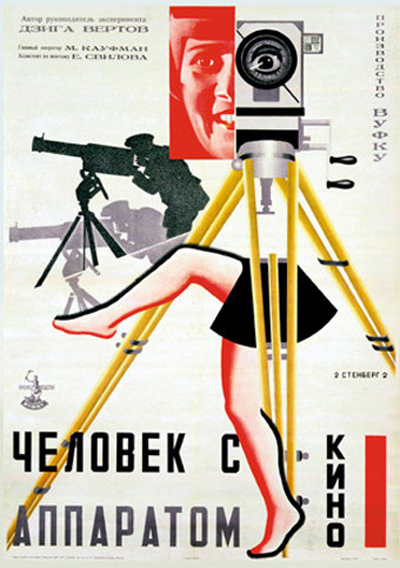
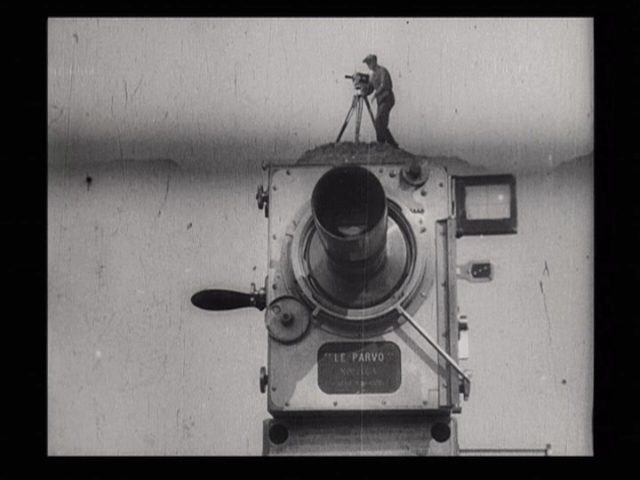
Vertov was one of the first filmmakers to experiment with frame-rates, manipulating the number of times per second that his camera captured the action in order to distort the speed of certain clips when the film passed through a projector at its usual 24 frames per second.
This technique is used in a sequence at the park during an athletics competition.
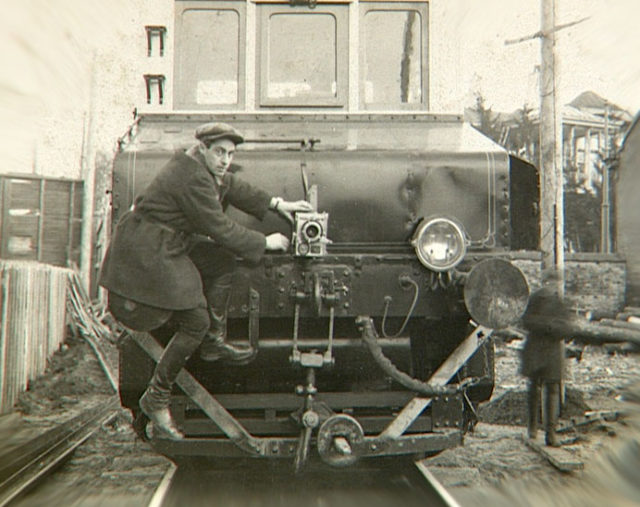
The split screen effect is one that Vertov utilizes a lot in Man with a Movie Camera. Vertov employs this technique to various ends throughout the film, sometimes to create a trick of the eye, sometimes to distort the image.
In one sequence he uses the split screen, in a way that is still adopted today, to focus on different actions or spaces at the same time.
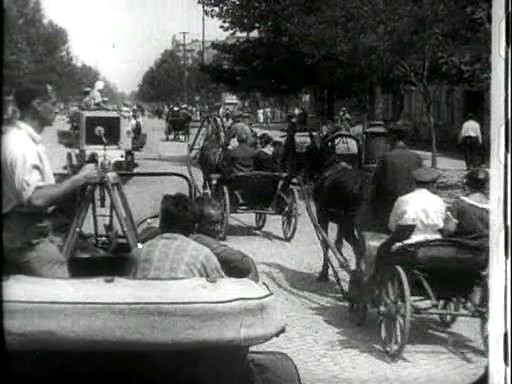
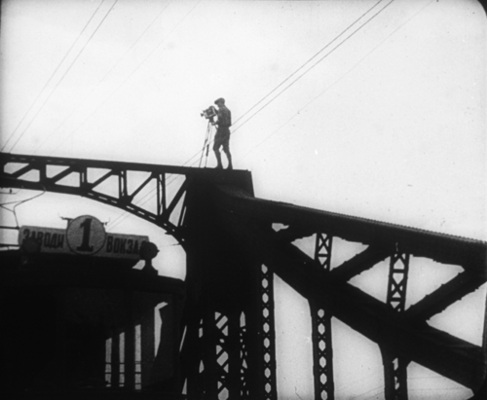
Vertov’s movie also could be viewed as early modernism in film. Working with a Marxist ideology, Vertov strove to create a futuristic city that would serve as a commentary on existing ideals in the Soviet world.
The film has an unabashedly avant-garde style and emphasizes that film can go anywhere.
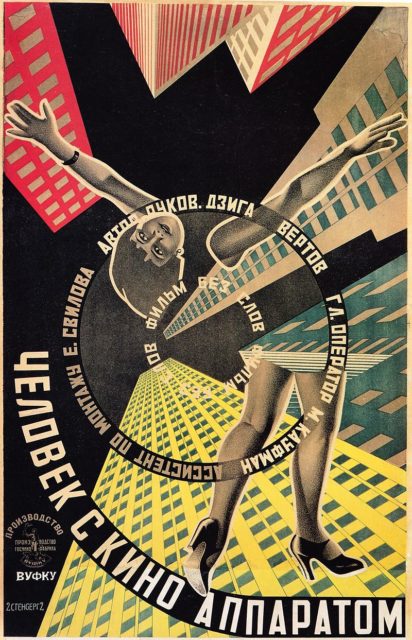
This movie inspired other abstract films by Ruttmann and others, including Liu Na’ou whose The Man Who Has a Camera (1933), pays explicit homage to Vertov’s The Man With a Movie Camera. In 2012, film critics voted Vertov’s Man with a Movie Camera the 8th best film ever made.
